Podcast: Play in new window | Download
Subscribe: Apple Podcasts | RSS
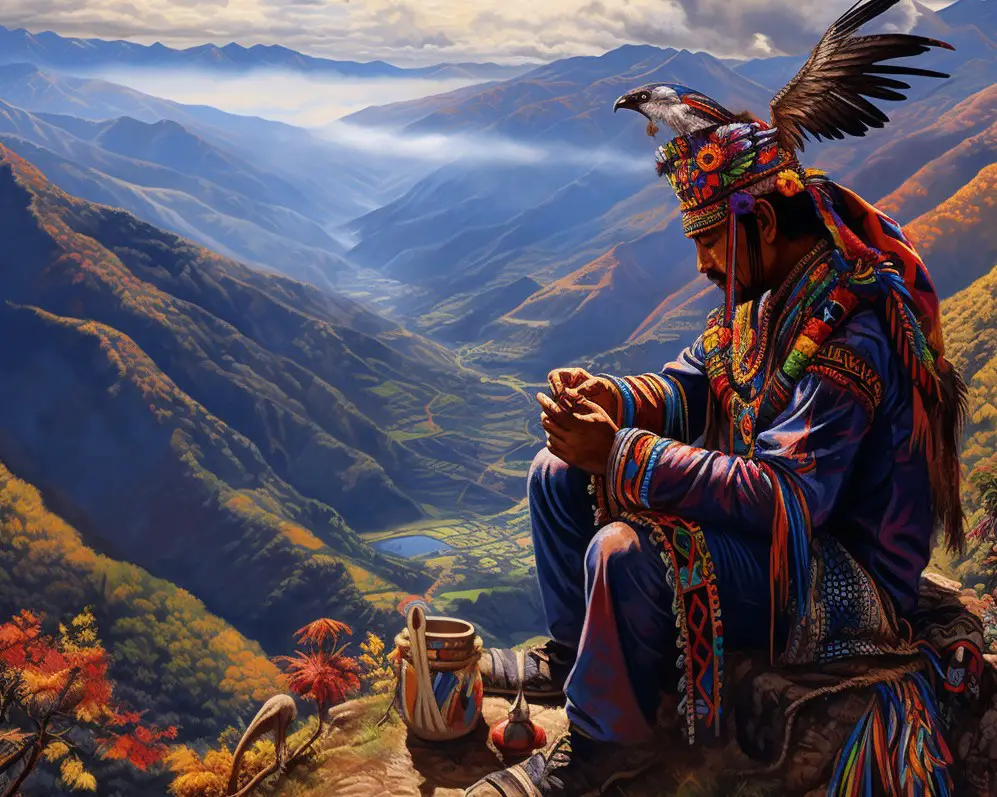 The Huichol call themselves the Wixáritari and currently live primarily in the Mexican states of Durango, Zacatecas, Jalisco and Nayarit. Most of the 10,000 or so Hiuichols living a somewhat traditional existence in the mountains of west Mexico are divided into 5 different rancherías or collections of ranchos, a system imposed upon them by the Spaniards during colonial times. It is very difficult to get to the 5 Huichol communities as the roads to them are unimproved and their locations are considered “remote.” Because of their isolation, the Huichols are one of the most culturally intact native groups in the country of Mexico; they have maintained most of their culture and traditions well into modern times. This includes their rich oral history of legends. Here are 3.
The Huichol call themselves the Wixáritari and currently live primarily in the Mexican states of Durango, Zacatecas, Jalisco and Nayarit. Most of the 10,000 or so Hiuichols living a somewhat traditional existence in the mountains of west Mexico are divided into 5 different rancherías or collections of ranchos, a system imposed upon them by the Spaniards during colonial times. It is very difficult to get to the 5 Huichol communities as the roads to them are unimproved and their locations are considered “remote.” Because of their isolation, the Huichols are one of the most culturally intact native groups in the country of Mexico; they have maintained most of their culture and traditions well into modern times. This includes their rich oral history of legends. Here are 3.
- The Story of Fire
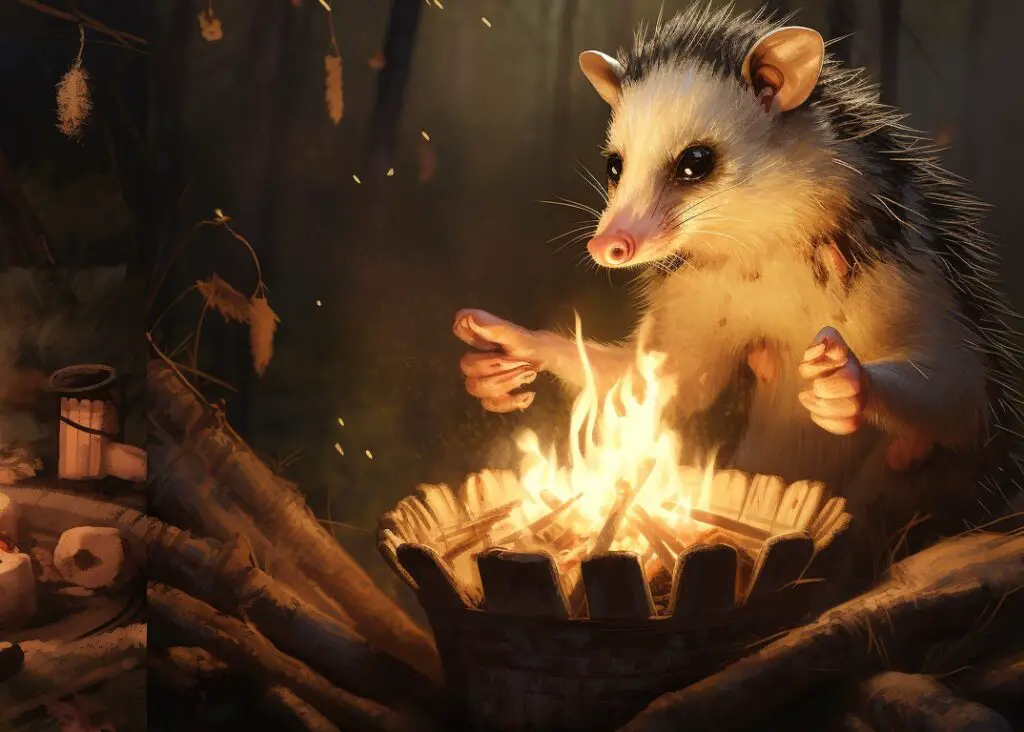 Many years ago, the Huichols did not have fire and, therefore, their life was very sad and hard. On winter nights, when the cold unleashed its rigors on all the confines of the mountains, men and women, children and the elderly, suffered greatly. The nights were like terrible nightmares for them and there was only one wish: that they end soon so that the sun, with its benevolent caresses, would give them the warmth they so needed. The Huichol people lived a very meager existence at that time. They did not know how to cultivate the land and they didn’t create anything. Their rooms were caves or simply in the hollows of trees or in their branches they formed their homes. One day lightning struck and caused several trees to burn. The men who were neighbors of the Huichols, and their enemies, imprisoned the fire and did not let it go out. To do this, they appointed commissions that were in charge of cutting down trees to satisfy their hunger, because fire was an insatiable devourer of plants, animals and everything that was within its reach. To prevent the Huichol people from stealing such a great treasure, they organized a powerful army and always kept guards on alert day and night. Several men attempted to steal the fire but died riddled by their enemies’ arrows; others fell prisoners and were thrown into the fire. Being in a cave, the coyote, the deer, the armadillo, the iguana and the opossum made the decision to provide their friends with such a valuable element. By lottery they came out one by one; but, when they were surprised by the guards, they died without achieving their purpose. Only the opossum remained. He, determined to help his friends, approached the camp and gathered around. He spent 7 days without moving, until the guards got used to seeing him. During this time, he observed that, almost always, in the early hours of the morning, all the guards fell asleep. On the seventh day, taking advantage of the fact that only one soldier was awake, he rolled to the bonfire. Upon arrival, he put his tail in and a brand new flame illuminated the camp. With his snout he picked up a small firebrand and walked away quickly. At first, the guard believed that the opossum’s tail was a log; but when he saw him running, the chase began. The men shot thousands of arrows at the brave opossum and several of them hit the generous animal. Seeing himself dying, the possum took some burning embers and stored them in his marsupial pouch. When the pursuers caught up with him, they extinguished the flame that had formed on the opossum’s tail and beat him mercilessly, until he was almost dead. Then the men walked away, uttering terrible screams and proclaiming their victory. Meanwhile, the opossum, who had regained his senses, dragged himself laboriously to the place where the Huichols were and there, to the astonishment and joy of everyone, he deposited the ember that he kept in his pouch. The people quickly built a bonfire, covering it with dry grass and tree branches and they danced happily all night. The generous animal, which suffered so much to provide the Huichol people with fire, lost the hair on its tail; but he lived happily because he did a great benefit to the people.
Many years ago, the Huichols did not have fire and, therefore, their life was very sad and hard. On winter nights, when the cold unleashed its rigors on all the confines of the mountains, men and women, children and the elderly, suffered greatly. The nights were like terrible nightmares for them and there was only one wish: that they end soon so that the sun, with its benevolent caresses, would give them the warmth they so needed. The Huichol people lived a very meager existence at that time. They did not know how to cultivate the land and they didn’t create anything. Their rooms were caves or simply in the hollows of trees or in their branches they formed their homes. One day lightning struck and caused several trees to burn. The men who were neighbors of the Huichols, and their enemies, imprisoned the fire and did not let it go out. To do this, they appointed commissions that were in charge of cutting down trees to satisfy their hunger, because fire was an insatiable devourer of plants, animals and everything that was within its reach. To prevent the Huichol people from stealing such a great treasure, they organized a powerful army and always kept guards on alert day and night. Several men attempted to steal the fire but died riddled by their enemies’ arrows; others fell prisoners and were thrown into the fire. Being in a cave, the coyote, the deer, the armadillo, the iguana and the opossum made the decision to provide their friends with such a valuable element. By lottery they came out one by one; but, when they were surprised by the guards, they died without achieving their purpose. Only the opossum remained. He, determined to help his friends, approached the camp and gathered around. He spent 7 days without moving, until the guards got used to seeing him. During this time, he observed that, almost always, in the early hours of the morning, all the guards fell asleep. On the seventh day, taking advantage of the fact that only one soldier was awake, he rolled to the bonfire. Upon arrival, he put his tail in and a brand new flame illuminated the camp. With his snout he picked up a small firebrand and walked away quickly. At first, the guard believed that the opossum’s tail was a log; but when he saw him running, the chase began. The men shot thousands of arrows at the brave opossum and several of them hit the generous animal. Seeing himself dying, the possum took some burning embers and stored them in his marsupial pouch. When the pursuers caught up with him, they extinguished the flame that had formed on the opossum’s tail and beat him mercilessly, until he was almost dead. Then the men walked away, uttering terrible screams and proclaiming their victory. Meanwhile, the opossum, who had regained his senses, dragged himself laboriously to the place where the Huichols were and there, to the astonishment and joy of everyone, he deposited the ember that he kept in his pouch. The people quickly built a bonfire, covering it with dry grass and tree branches and they danced happily all night. The generous animal, which suffered so much to provide the Huichol people with fire, lost the hair on its tail; but he lived happily because he did a great benefit to the people.
- The Blue Deer
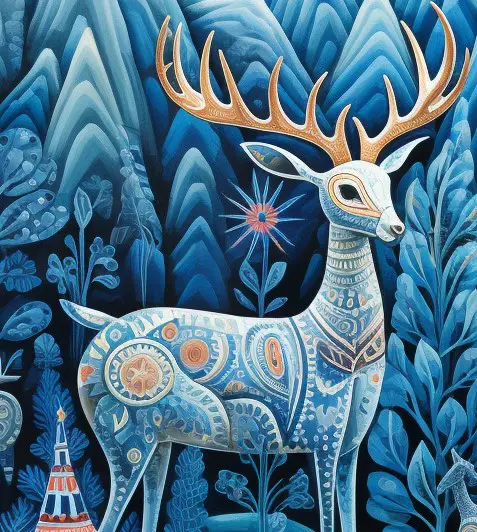 Long ago, terrible diseases, droughts and famines devastated the land. Then, the venerable grandparents decided to send four young men on a hunt. Their task was to bring home food to share with the community. The young people represented the four elements: earth, air, water and fire. At dawn, the young people set out equipped with their bows and arrows. The days began to pass, and the young people found no sustenance, until one afternoon a robust and beautiful deer jumped from the flowers. By then, the young people were already exhausted, but their love for their community made them undertake the hunt. After a long chase, the deer felt mercy for the young people and allowed them to rest. The next day, the deer appeared again before the young people, and they resumed the hunt. Unknowingly, the deer was guiding the young people to the Wirikuta, a mythical land discussed in Mexico Unexplained episode number 97 . https://mexicounexplained.com/wirikuta-huichol-universe/ When the young people and the deer met near a hill, the deer threw itself towards the place where the spirit of the earth lives. The young people ran towards where the deer had gone, but they found no trace of it. Shortly after, one of the young men shot an arrow at what he thought was his prey, but as they approached, they found a deer made of peyotes that shone like emeralds in the sun. The young people were amazed by the experience, confused, they cut the peyotes and headed to the Wixárika mountain. Once back in their place of origin, they told the story to their venerable grandparents and gave them the plants. The elders distributed the cacti to the population to satisfy their physical hunger and spiritual thirst. Since then, the Huichol people worship Hikuri, which in the form of peyote is their corn and as a deer it is the guide that leads them to the Great Spirit. Every year the Huichol undertake the pilgrimage to “hunt” the blue deer, to which they make offerings in gratitude for allowing them access to the world of the invisible, from where they manage to heal the wounds of their soul.
Long ago, terrible diseases, droughts and famines devastated the land. Then, the venerable grandparents decided to send four young men on a hunt. Their task was to bring home food to share with the community. The young people represented the four elements: earth, air, water and fire. At dawn, the young people set out equipped with their bows and arrows. The days began to pass, and the young people found no sustenance, until one afternoon a robust and beautiful deer jumped from the flowers. By then, the young people were already exhausted, but their love for their community made them undertake the hunt. After a long chase, the deer felt mercy for the young people and allowed them to rest. The next day, the deer appeared again before the young people, and they resumed the hunt. Unknowingly, the deer was guiding the young people to the Wirikuta, a mythical land discussed in Mexico Unexplained episode number 97 . https://mexicounexplained.com/wirikuta-huichol-universe/ When the young people and the deer met near a hill, the deer threw itself towards the place where the spirit of the earth lives. The young people ran towards where the deer had gone, but they found no trace of it. Shortly after, one of the young men shot an arrow at what he thought was his prey, but as they approached, they found a deer made of peyotes that shone like emeralds in the sun. The young people were amazed by the experience, confused, they cut the peyotes and headed to the Wixárika mountain. Once back in their place of origin, they told the story to their venerable grandparents and gave them the plants. The elders distributed the cacti to the population to satisfy their physical hunger and spiritual thirst. Since then, the Huichol people worship Hikuri, which in the form of peyote is their corn and as a deer it is the guide that leads them to the Great Spirit. Every year the Huichol undertake the pilgrimage to “hunt” the blue deer, to which they make offerings in gratitude for allowing them access to the world of the invisible, from where they manage to heal the wounds of their soul.
- The Story of Corn
The Huichol people grew tired of always eating the same thing. In fact, they did not like the food they had, but they were content because enormous mountains separated them from the rest of Mexico, and none dared to venture beyond those peaks. But one day, one of the youngest Huichols heard that behind the mountains there was a very tasty ingredient with which hundreds of different recipes could be prepared. They called that food “corn.” The young man did not know what he would find, nor if he would be able to make it across the mountains alive, but he decided to try. So, one day, he put some food and a bow and arrows in a small bag and went out in search of corn. The young man began to walk and climb the mountain. It was hard, especially because at the summit, which was full of snow, it was very cold. Then he managed to go down, and right on the slope, he saw a good number of ants that formed an endless row.
“Wow,” proclaimed the young Huichol, “these ants will surely show me the way to the corn. It must be close.”
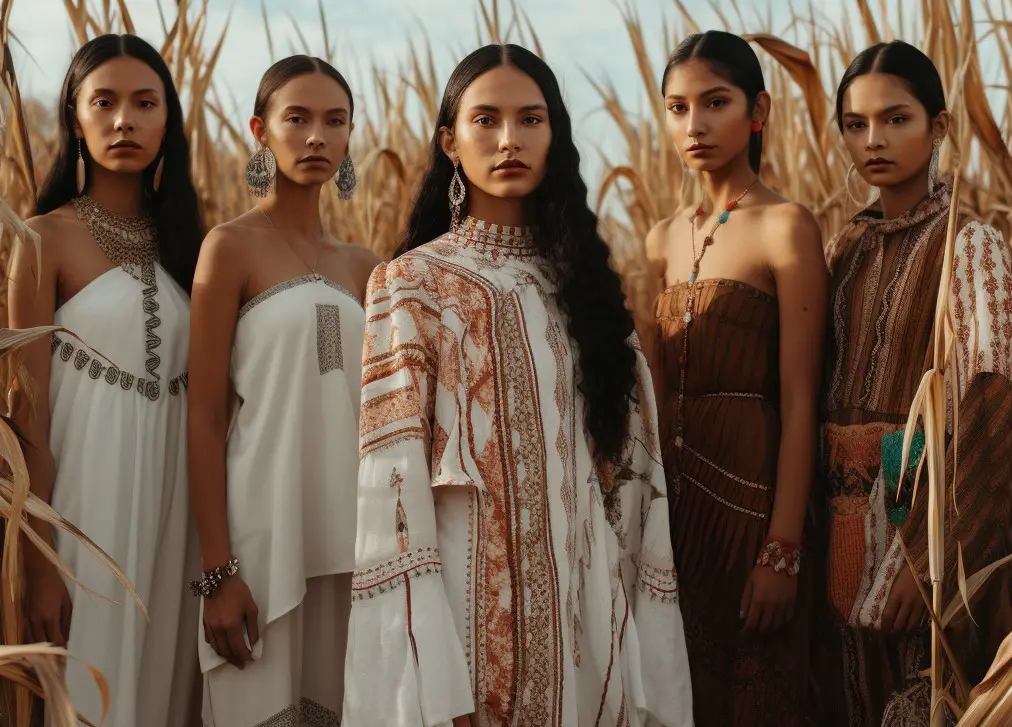 Since the young man was very tired, he fell asleep next to them. The ants took advantage of the night to eat all his clothes and his bag, so that the young Huichol boy was only left with the bow and an arrow. The poor man, upon seeing that he had been left with nothing, and that he was half naked, became desperate. Besides, he was very hungry. So, when he saw that a huge bird was approaching him, he did not think twice, and took his bow and the only arrow he had to hunt it down. However, as he pointed at the bird, he suddenly heard him speak:
Since the young man was very tired, he fell asleep next to them. The ants took advantage of the night to eat all his clothes and his bag, so that the young Huichol boy was only left with the bow and an arrow. The poor man, upon seeing that he had been left with nothing, and that he was half naked, became desperate. Besides, he was very hungry. So, when he saw that a huge bird was approaching him, he did not think twice, and took his bow and the only arrow he had to hunt it down. However, as he pointed at the bird, he suddenly heard him speak:
“Stop! Don’t do it!” said the bird. “If you spare my life, I will take you to the place where I keep my corn. I am the mother of corn, and I have five daughters who take care of it.”
The boy, astonished, put the bow aside and decided to accompany the bird to the place of corn. It turned out that the bird was telling the truth, and soon the young Huichol could see a beautiful field of golden plants growing between large, hard, green leaves.
“It’s corn,” said the bird. “With it you can cook everything you want. And these are my five daughters: Yellow Cob, Red Cob, Blue Cob and Black Cob.”
And the young man saw five lovely girls appear, approaching slowly through the beautiful corn field. The young Huichol ate chilaquiles and delicious corn pancakes that the girls had prepared, and little by little, he fell in love with one of them: Blue Cob. Since she also felt the same way about the young Huichol man, she decided to accompany him back to his village taking the corn with them. Upon arrival, all its inhabitants were very happy and prepared a great party to prepare for the wedding between the young Huichol man and Blue Cob. She taught them how to plant and care for corn and how to make delicious recipes, and when they thought they knew everything, she thought it was time to teach them the best of her recipes, and she taught them how to prepare atole, a hot drink that since then has been part of Huichol culture and tradition and later spread throughout Mexico.
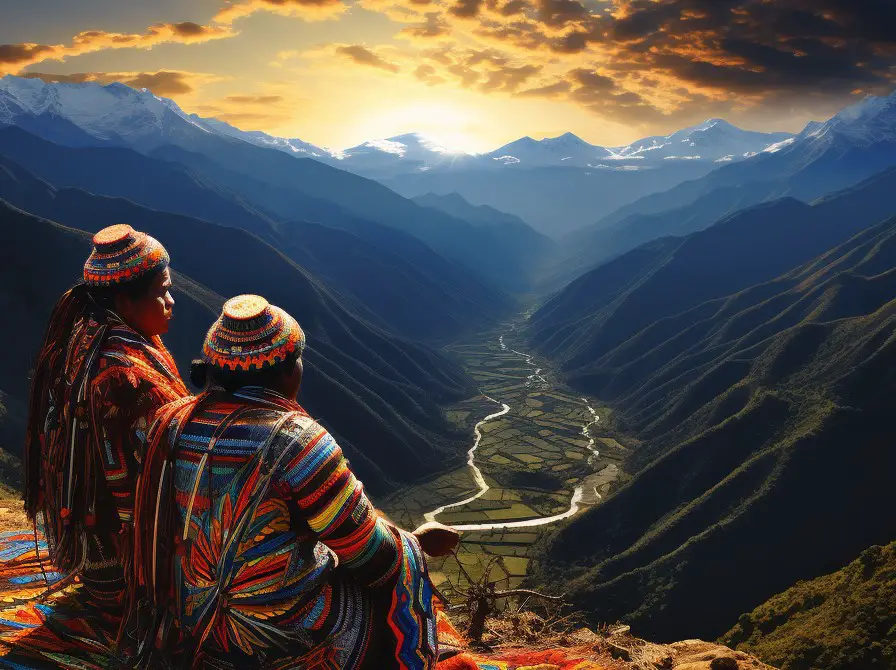 These three legends are just a glimpse into the captivating world of Huichol culture and spirituality. The Huichol people have carefully preserved their oral traditions, myths, and legends for centuries. These narratives are not only a source of cultural identity but also a means of passing down knowledge, wisdom, and values from one generation to the next. Today, as the Huichol culture faces the challenges of a rapidly changing world, the endurance of these legends reminds us of the importance of safeguarding the diversity of human heritage. Through their stories, the Huichol people continue to celebrate their deep connection to the natural world, their reverence for the spirit realm, and their commitment to preserving the legacy of their ancestors.
These three legends are just a glimpse into the captivating world of Huichol culture and spirituality. The Huichol people have carefully preserved their oral traditions, myths, and legends for centuries. These narratives are not only a source of cultural identity but also a means of passing down knowledge, wisdom, and values from one generation to the next. Today, as the Huichol culture faces the challenges of a rapidly changing world, the endurance of these legends reminds us of the importance of safeguarding the diversity of human heritage. Through their stories, the Huichol people continue to celebrate their deep connection to the natural world, their reverence for the spirit realm, and their commitment to preserving the legacy of their ancestors.
REFERENCES
Zingg, Robert M. Huichol Mythology. Tucson: University of Arizona Press, 2015. We are Amazon affiliates. Purchase the book on Amazon here: https://amzn.to/3QeiZ9o
